
How to Modulate Music Theory YouTube
Modulation ( the act or process of changing from one key to another) in music is always a pleasant surprise to listeners as well as an excellent tool for songwriters and musicians. But with so many different ways to modulate, it can get a little confusing. But don't worry, we're here to help!
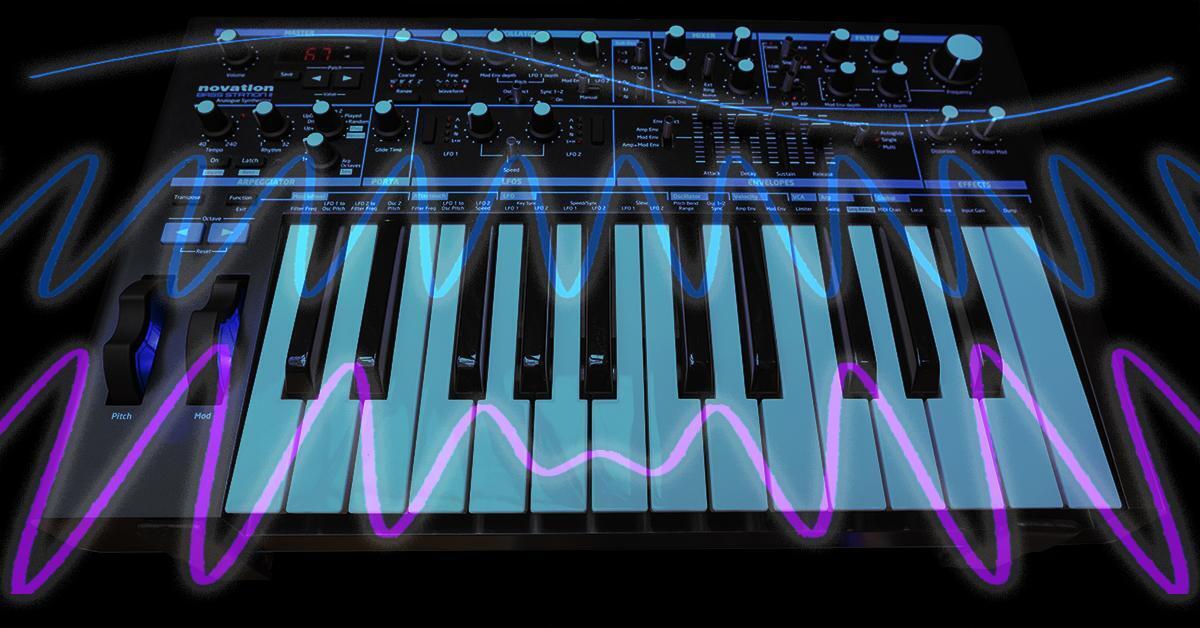
A Simple Guide to Modulation Ring Mod
To modulate in music is simply to change a piece from one key to another. In most pop songs that you would hear on the radio, modulations are called key changes, but they mean the same thing. A modulation can be accompanied by a change in the key signature, but not always.

Music Modulation—5 Essential Techniques Piano With Jonny
In music, modulation is the change from one tonality ( tonic, or tonal center) to another. This may or may not be accompanied by a change in key signature (a key change ). Modulations articulate or create the structure or form of many pieces, as well as add interest.
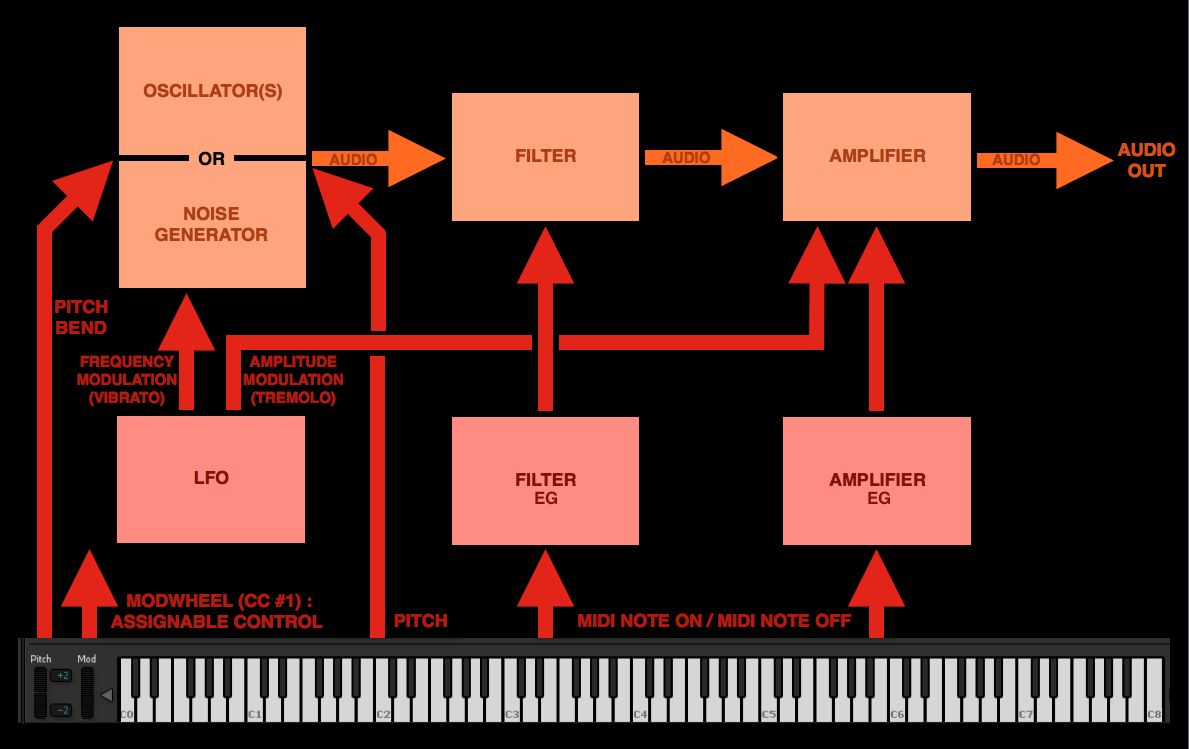
Music Production Essentials Modulation In The Studio Ask.Audio
Modulation, in music, the change from one key to another; also, the process by which this change is brought about. Modulation is a fundamental resource for variety in tonal music, particularly in larger forms. A short piece such as a song, hymn, or dance may remain in a single key.
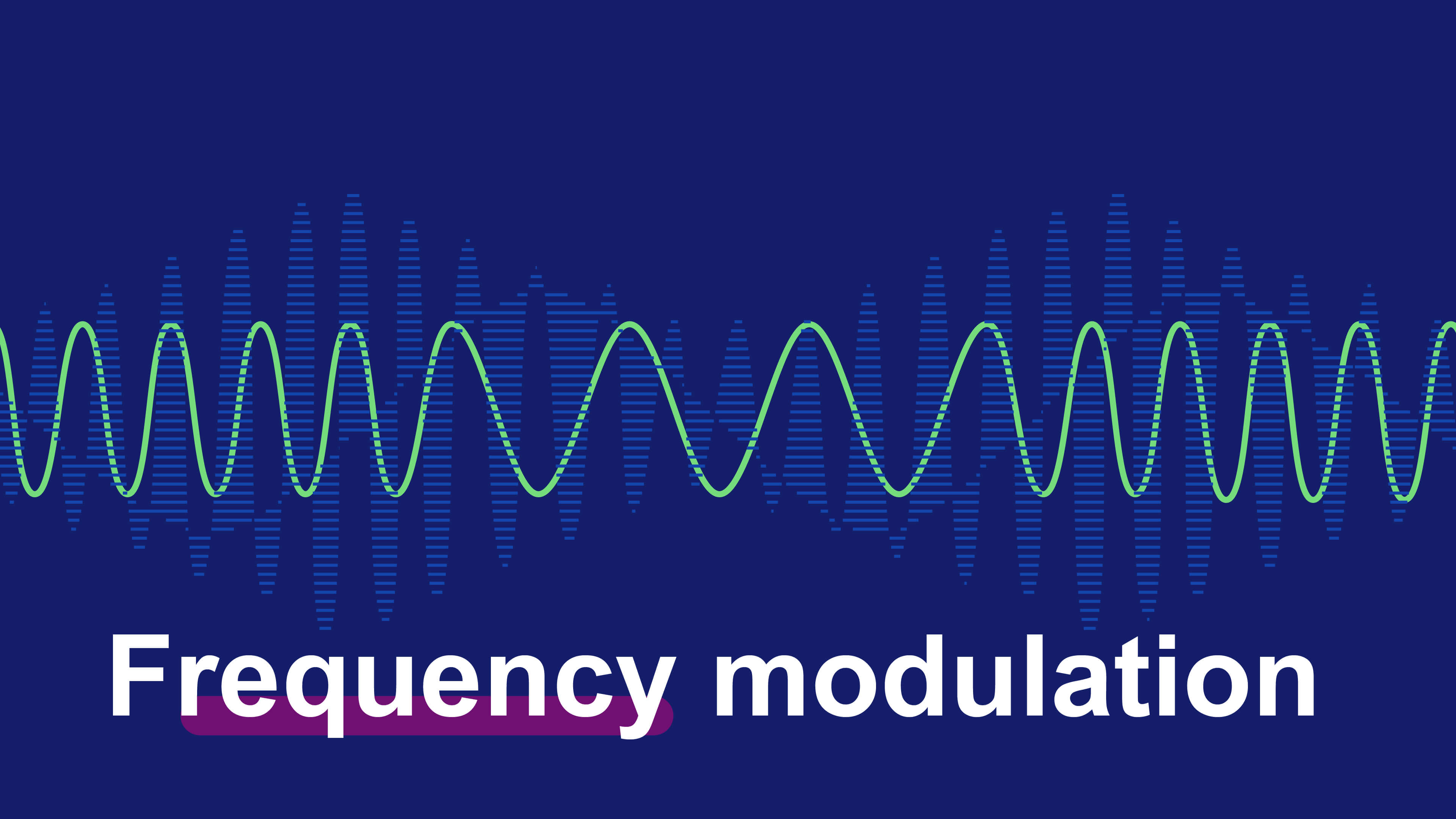
FM synthesis explained a frequency modulation cheat sheet for music producers RouteNote Blog
Modulation is most simply defined as a key change in music. You can use modulation to bring your music to life and express different emotions. You can also draw from several types of modulation, where you can choose to add a transition or surprise your listeners with an abrupt key change. What Is Modulation in Music? The Full Guide

What Is Modulation In Music? Musician Wave
Depending on the technique or combination of techniques used, modulation can help music to more effectively evoke a mood. Several factors govern the effects of modulation. But simply put, major keys generally produce a positive or happy effect; minor keys, a sad one. Tempo is also a factor.
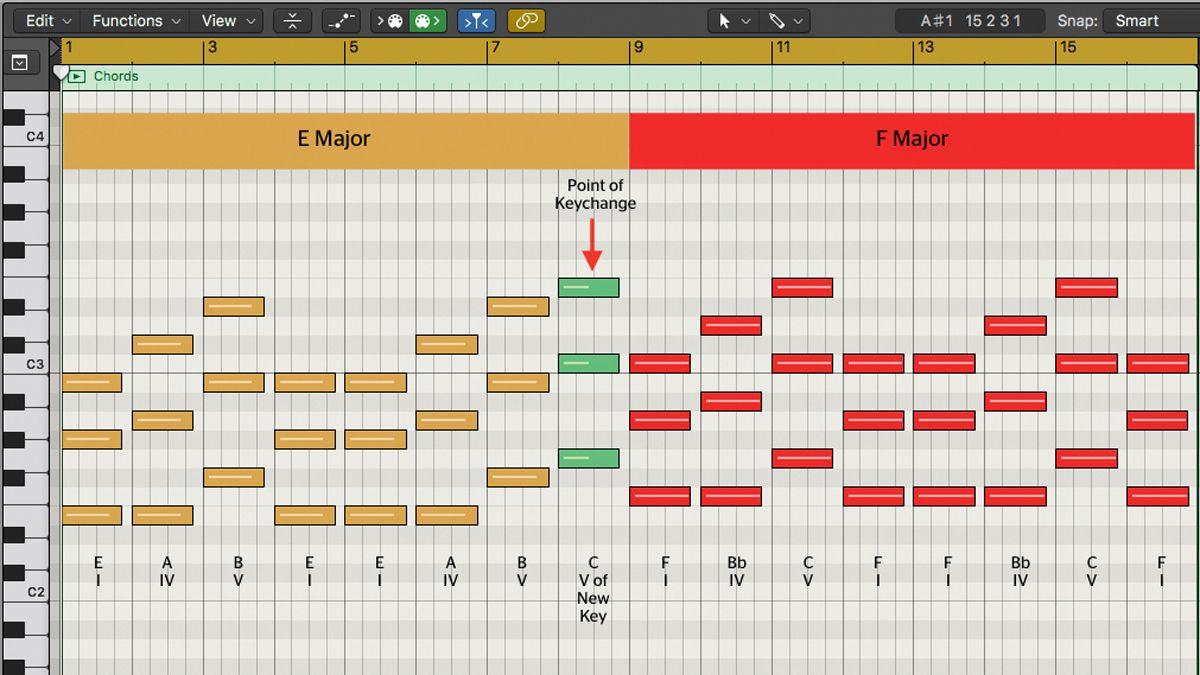
Master modulation How to use key changes in your songs MusicRadar
Modulation describes the process where a piece of music changes from one key to another key. When you start writing a piece of music one of the first things you do is choose a key to compose in. This choice of key determines the scale you use, how many sharps and flats there are and what chords you can use.
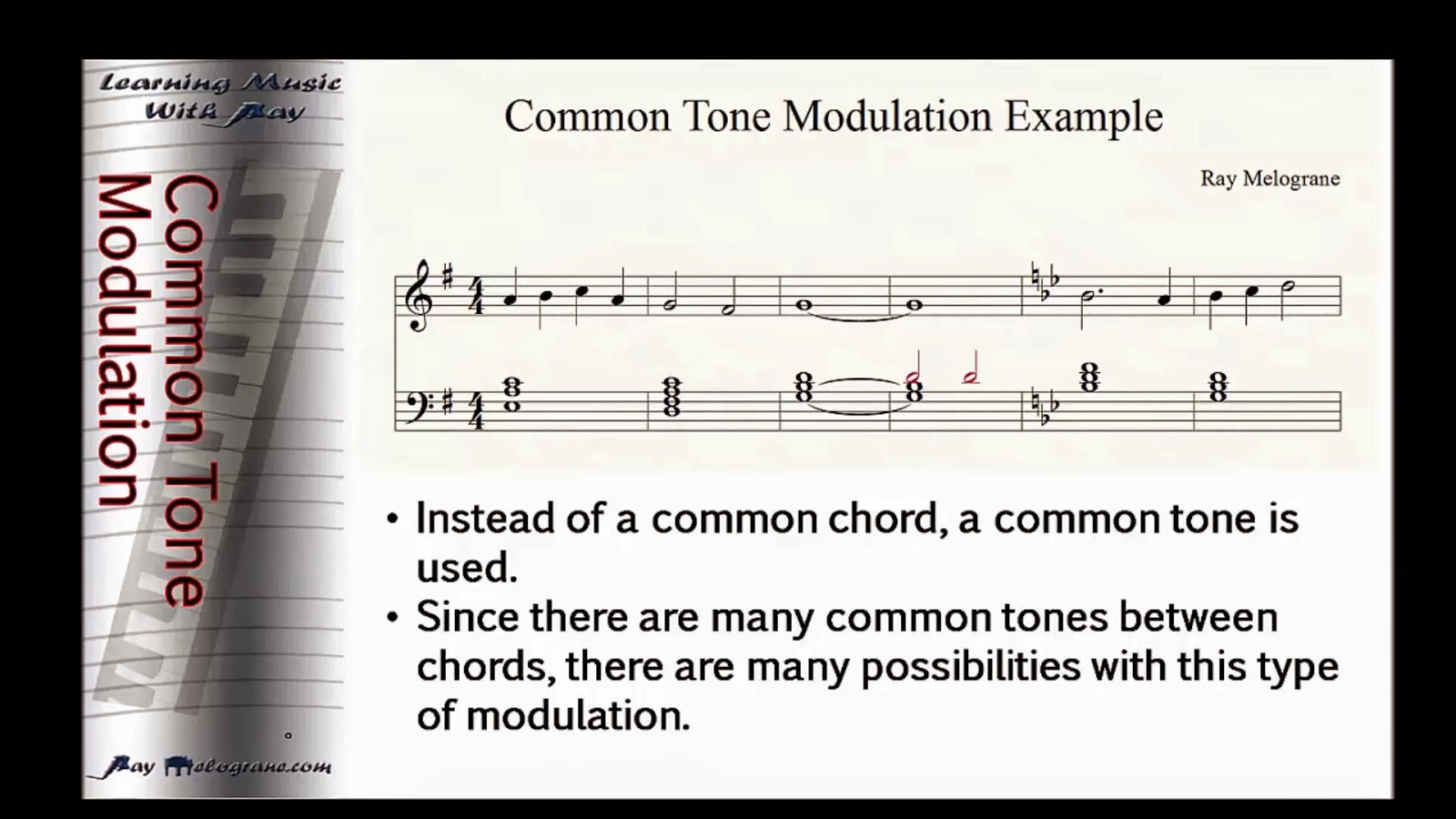
Learning Music With Ray Blog Modulation
How to recognise a modulation in music. This music theory lesson explains what constitutes modulation and works through a piece of music that contains severa.

Example Tonicization/direct modulation The Music Theory ProfBlog
What is Modulation in Music? Modulation enables a songwriter to slip through tonal doorways into the parallel universes of other keys. It's one of the most powerful ways to create interesting, compelling music. Most songwriters don't use modulation simply because they don't know how.

Modulation Examples The Music Theory ProfBlog
Chord_Modulation. The idea of many tonal pieces of music, or compositions that are written in a given 'key', is for the composer to 'modulate' during the piece. What this means is that the piece, as it progresses, moves into a new key or keys. It is perfectly possible for a composition to remain broadly in the same key without a.

Music Modulation—5 Essential Techniques Piano With Jonny
Simply put, changing from one key to another within a piece of music, often used to help establish form, is defined as modulation. The form is the structure of a composition or performance. Some call the two keys a parallel universe of notes. A brief modulation for a few chords, usually 2 to 3, outside the key is known as tonicization.

Music Theory MODULATION in MUSIC Teaching Resources
In Two Words Put into two words, modulation in music means to "change key." I talked about three scenarios where modulation occurs, but there are certainly more instances. Modulation is a powerful tool in music and, and a concept that all musicians should become familiar with. That's all for now—rock on!

Image Sequential modulation in Schubert, Sonata in E Major, movement III
Modulation is the process of changing keys in a piece of music. This is often done with some kind of transitionary element, such as a common chord between two keys. How is modulation used in.

lllᐅ Efectos de Modulación Musical Qué Son y cómo Aplicarlos
The presence of a cadence (or several) with a pre-dominant-dominant-tonic progression in a key other than the global tonic is a strong indication that the music has modulated. Tonicizations, on the other hand, are often limited to a single applied chord and its resolution. 28.3 Techniques of modulation

What is Modulation in Music Production? MusicMonday « Adafruit Industries Makers, hackers
Modulation in music is the process of changing the key. In most cases, it also changes the sharps or flats used, the tonal center, and the primary chords and progressions. Musically speaking, a transition from one key to another and how it's done is known as modulation.

The Types of Modulation BEYOND MUSIC THEORY Key Centers Music theory, Music theory lessons
Modulation is the technique of altering or manipulating audio signals to introduce changes in frequency, amplitude, or phase. It adds depth, texture, and movement to sound, allowing for creative and expressive audio effects. Image of headphones in front of a laptop with a sound recording. Source: Pexels In this article